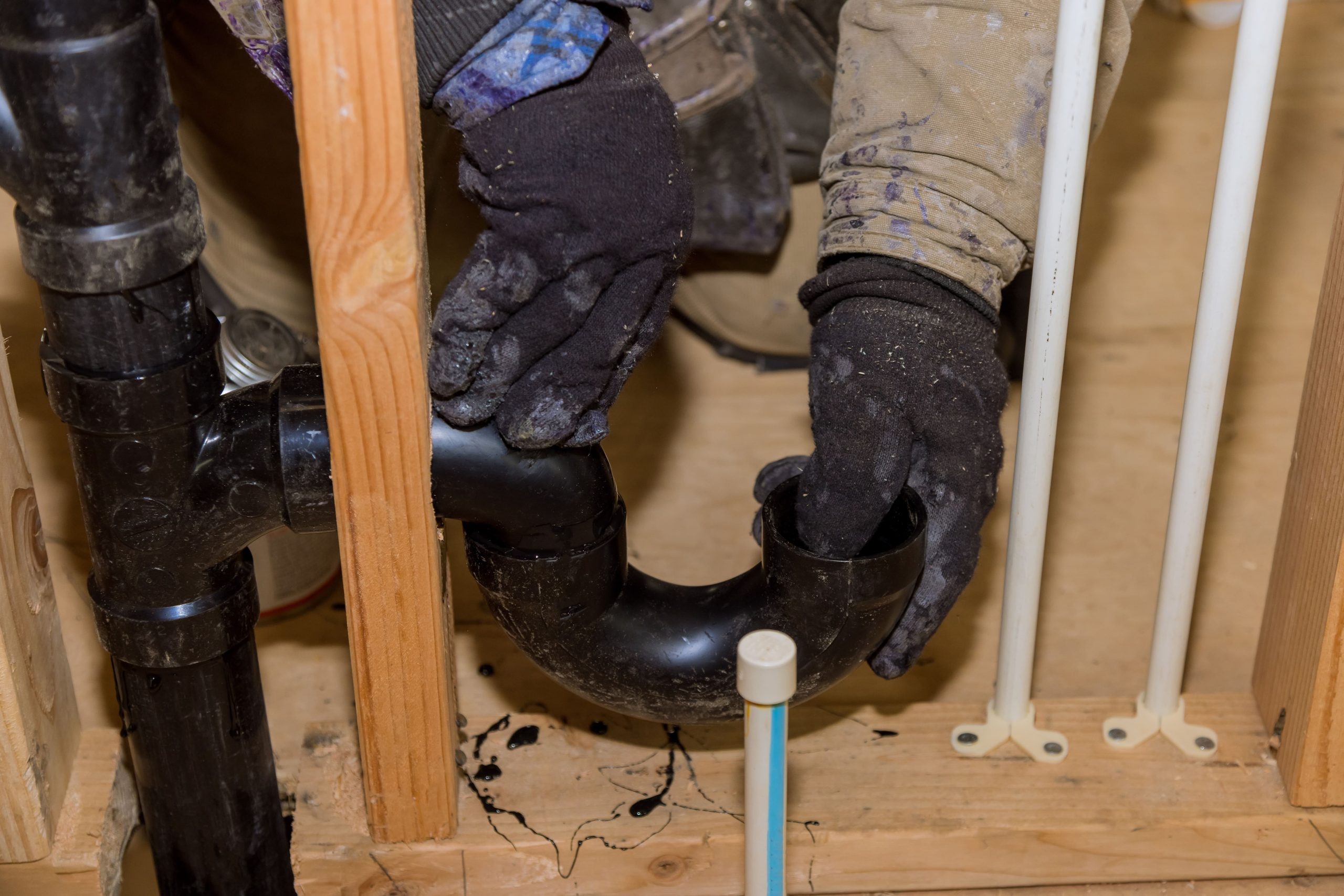Sump pumps are essential devices for homeowners, particularly those with basements or areas prone to flooding in Chester County and Lancaster County. They help keep your home dry by removing water that accumulates in a sump basin, usually located in the basement or crawl space. At Finish Line HVAC and Plumbing, we understand the importance of keeping your home protected from water damage. In this comprehensive guide, we’ll cover everything you need to know about sump pumps, including their types, benefits, installation, maintenance, and troubleshooting.
What is a Sump Pump?
A sump pump is a device designed to remove accumulated water from a sump basin and discharge it away from your home. Sump pumps are commonly used in areas with high water tables or frequent heavy rainfall to prevent basement flooding and water damage.
Types of Sump Pumps
There are two primary types of sump pumps: pedestal and submersible.
1. Pedestal Sump Pumps
Pedestal sump pumps have a motor mounted on a pedestal above the sump basin. The pump itself sits at the bottom of the basin. These pumps are easier to service since the motor is above the water level, but they are generally noisier than submersible pumps.
2. Submersible Sump Pumps
Submersible sump pumps are installed completely underwater in the sump basin. These pumps are quieter and more efficient at handling large volumes of water, making them ideal for homes with significant water accumulation issues.
How Sump Pumps Work
Sump pumps operate using a float switch that activates the pump when water reaches a certain level in the sump basin. Once activated, the pump draws water from the basin and discharges it through a discharge pipe, directing it away from your home’s foundation. This prevents water from seeping into the basement and causing damage.
Benefits of Sump Pumps
Sump pumps offer several key benefits, including:
- Preventing Basement Flooding: Sump pumps keep your basement dry by removing excess water that could cause flooding.
- Protecting Property: By preventing water damage, sump pumps protect your home’s foundation, walls, and belongings stored in the basement.
- Reducing Mold and Mildew: A dry basement reduces the risk of mold and mildew growth, improving indoor air quality.
- Increasing Home Value: A well-maintained sump pump system can increase your home’s value by providing potential buyers with peace of mind.
Installation of Sump Pumps
Proper installation of a sump pump is crucial for its effectiveness. Here’s a step-by-step guide to installing a sump pump:
1. Choose the Right Location
Select a location in your basement where water accumulates the most. Ensure there is an electrical outlet nearby to power the pump.
2. Dig the Sump Pit
Dig a pit at the chosen location, making it deep enough to accommodate the sump basin. The pit should be wide enough to allow for easy installation and maintenance.
3. Install the Sump Basin
Place the sump basin into the pit, ensuring it sits level. Fill any gaps around the basin with gravel to prevent dirt from clogging the pump.
4. Install the Pump
Place the sump pump into the basin. For submersible pumps, ensure the pump is fully submerged. For pedestal pumps, ensure the motor is above the water level.
5. Connect the Discharge Pipe
Attach a discharge pipe to the pump’s outlet. Run the pipe from the pump to an appropriate discharge location, such as a dry well, storm drain, or your yard, ensuring the water is directed away from your home’s foundation.
6. Test the Pump
Fill the basin with water to test the pump. Ensure the float switch activates the pump and the water is discharged properly.
Maintenance of Sump Pumps
Regular maintenance of your sump pump is essential to ensure its proper functioning and longevity. Here are some maintenance tips:
1. Monthly Checks
- Inspect the Pump: Check the pump for any visible signs of damage or wear.
- Test the Pump: Pour water into the sump basin to ensure the pump activates and discharges water correctly.
2. Quarterly Maintenance
- Clean the Pump and Basin: Remove any debris or sediment that may have accumulated in the basin.
- Check the Discharge Line: Ensure the discharge line is clear of obstructions and directs water away from your home.
3. Annual Maintenance
- Inspect the Float Switch: Ensure the float switch moves freely and activates the pump as water levels rise.
- Check the Backup Power Source: If your sump pump has a battery backup, check the battery and replace it if necessary.
Troubleshooting Common Sump Pump Issues
Despite regular maintenance, sump pumps can sometimes encounter issues. Here are common problems and their solutions:
1. Pump Fails to Activate
- Check the Power Supply: Ensure the pump is plugged in and receiving power.
- Inspect the Float Switch: Make sure the float switch is not stuck or obstructed.
2. Pump Runs Continuously
- Adjust the Float Switch: The float switch may be set too high, causing the pump to run continuously.
- Check for Clogs: Ensure the discharge line is not clogged, which can cause the pump to run without discharging water.
3. Noisy Pump
- Inspect for Debris: Debris in the pump or basin can cause noise.
- Check for Loose Parts: Tighten any loose parts on the pump or discharge line.
Sump Pump Backup Systems
A backup system is essential to ensure your sump pump works during power outages or pump failures. There are two main types of backup systems:
1. Battery Backup
A battery backup system provides power to the pump during electrical outages. These systems are relatively easy to install and can keep your pump running for several hours.
2. Water-Powered Backup
Water-powered backup systems use your home’s water supply to power the pump. These systems are reliable but require a consistent water supply and proper installation.
Conclusion
Sump pumps are crucial for protecting your home from water damage and maintaining a dry basement, especially in Chester County and Lancaster County. Understanding the types of sump pumps, their benefits, installation process, maintenance requirements, and common issues will help you make informed decisions about your sump pump system. Regular maintenance and having a reliable backup system will ensure your sump pump operates efficiently, providing peace of mind during heavy rains and flooding.
If you need professional sump pump installation or maintenance services, contact Finish Line HVAC and Plumbing. Our experienced technicians in Chester County and Lancaster County are ready to help you keep your home safe and dry.



